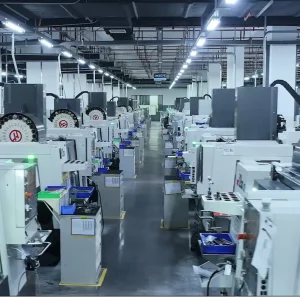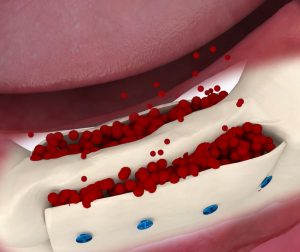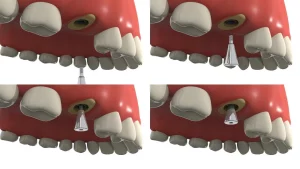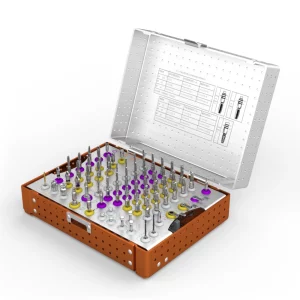The components of custom healing abutments are intricate and extremely sophisticated. Following dental implant surgery, healing abutments are essential components that assist mold the gums and get them ready for the final prosthesis. A more accurate and unique restoration result may be obtained for every patient by making individual healing abutments. The idea of healing abutments, the manufacturing procedure, material selection, technical procedures, and upcoming advancements will all be covered in depth in this article.
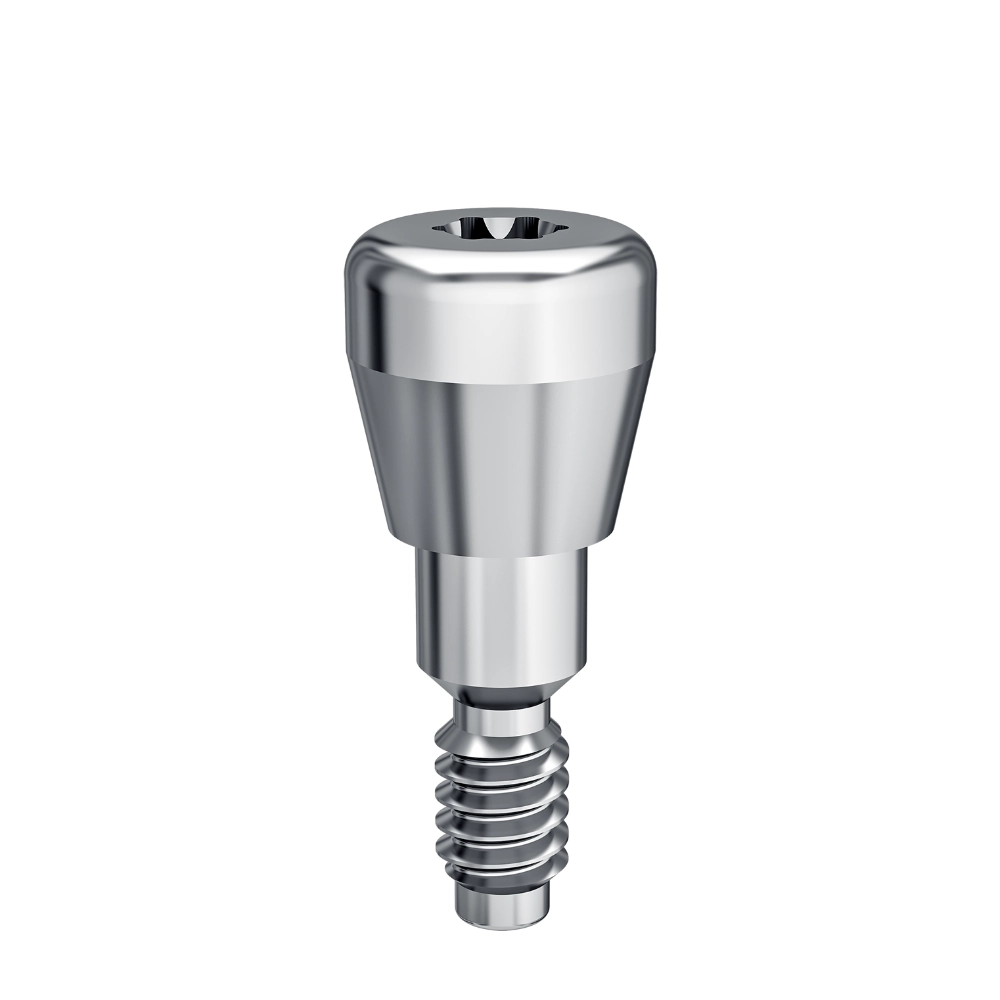
1. Concept and Function of Healing Abutments
1.1 What is a Healing Abutment?
A healing abutment is a transitional restorative piece that is placed on the implant after implantation and is intended to assist in molding the gums to the proper shape for the final prosthesis. The size and form of the healing abutment affect the gum line and, in turn, the final restoration’s appearance and functionality.
1.2 Functions of Healing Abutments
Healing abutments provide the following primary purposes:
- Gum shaping is encouraged by healing abutments, which help the gums develop the perfect shape around the implant in preparation for the crown or ultimate restoration.
- Implant Protection: By forming a barrier between the implant and the oral environment, healing abutments lower the possibility of exposure, infection, or outside interference.
- Improving cosmetic Outcomes: Custom healing abutments’ tailored design ensures the cosmetic quality of the finished restoration by assisting the gums in growing in a natural manner.
2. Why Customize Healing Abutments?
2.1 Standard Healing Abutments’ Limitations
Conventional healing abutments are made in large quantities with predetermined dimensions. They can fulfill the general demands of most patients, but they are not appropriate for many special instances. Standardized abutment usage may result in the following problems:
- Inadequate Gum Shaping: Poor gum development might result from standard abutments that do not account for individual variances.
- Problems with Aesthetics: Uneven gum shape may have an impact on how the final restoration looks, particularly in the front area.
- Functional Issues: Standard abutments’ form may be uncomfortable for certain people or may not provide the best possible functional restoration.
2.2 Benefits of Particular Healing Abutments
Several advantages are provided by custom healing abutments, which are made after a thorough evaluation of the patient’s dental health.
- Personalized Fit: To improve the contour of the gums, custom abutments are made to match the patient’s gum form and implant location.
- Better Aesthetics: The overall look of the final restoration is enhanced with custom abutments, which provide a more natural gum transition.
- Enhanced Functionality: The comfort and functional effectiveness of the restoration are enhanced by adjusting the abutment’s size and form.
3. Choosing Materials for Personalized Healing Abutments
3.1 Common Materials
Biocompatibility, strength, and machinability must all be present in the materials used for healing abutments. Frequently used resources consist of:
- Titanium Alloy: Because of its exceptional strength and biocompatibility, titanium is the most often used material for implants and related components. Healing abutments made of titanium alloy are safe for human health and resistant to oral corrosion.
- Zirconia: Often used in visually challenging places, zirconia is a high-strength ceramic material that resembles real teeth in color. In addition to having superior biocompatibility, zirconia is less prone to irritate gums.
- Stainless Steel: Stainless steel is used in several situations, while being less prevalent than zirconia and titanium. Compared to zirconia and titanium, it is somewhat less biocompatible, yet it is still reasonably priced.
3.2 Material Selection Criteria
When selecting healing abutment materials, take into account:
- Aesthetics: Because zirconia resembles real teeth in color, it is often used for anterior parts, whereas titanium alloy is more frequently used for posterior regions.
- Functionality: High biting force regions are a good fit for titanium alloy due to its exceptional strength and durability.
- Patient needs: Non-metal materials, such as zirconia, offer a safer option for those who are allergic to metals.
4. Production Process for Custom Healing Abutments
4.1 Design and Digital Scanning
Typically, digital technology is used to produce bespoke healing abutments with accuracy.
Intraoral Scanning: Using sophisticated digital models, intraoral scanners record the exact location of implants and the soft tissues that surround them. Compared to conventional impressions, this procedure is more precise, quicker, and more pleasant.
CAD (Computer-Aided Design) software is utilized in the Abutment design process to provide a final restoration that is tailored to the patient’s gum form, implant location, and restoration requirements. To guarantee a flawless fit, designers may modify the abutment’s height, diameter, and form in real-time.
4.2 Fabrication
After the design is finished, computer-aided manufacturing, or CAM, technology is often used throughout fabrication.
- CNC Milling: Using a computer model as a guide, CNC (Computer Numerical Control) milling machines accurately cut materials such as zirconia or titanium alloy into the required form.
- 3D Printing: This technology enables the quick creation of intricate patterns in specific materials or forms.
4.3 Inspection and Post-Processing
Healing abutments go through quality inspections and post-processing after manufacture.
- Surface Treatment: Zirconia abutments may be polished for greater smoothness, whereas titanium alloy abutments often undergo anodic oxidation to increase biocompatibility and antibacterial qualities.
- Quality Inspection: To make sure an abutment satisfies clinical requirements, it is carefully examined for size, surface polish, and biocompatibility.
5. Clinical Application of Custom Healing Abutments
5.1 Suitable Cases
The following situations are most suited for custom healing abutments:
- Anterior Aesthetic Zones: Custom abutments aid in achieving a natural gum shape and an aesthetically pleasing outcome for front teeth, where gum aesthetics are important.
- Complex Implant Cases: Standard abutments may not fit well on implants with difficult angles or placements. Custom abutments use unique design to solve these problems.
- Patients with Thin Soft Tissues: To prevent negative effects on the gums, patients with thin gums need accurate abutment design.
5.2 Installation and Adjustment
Installing personalized healing abutments entails:
- Abutment Installation: The implant’s specific abutment is affixed to it, guaranteeing a perfect fit and connection with the gums.
- Gum Shaping: Depending on how quickly the patient heals, the gums will gradually shape themselves around the abutment.
- Frequent Check-ups: To monitor the fit of the abutment and make sure there are no infections or adverse reactions, frequent check-ups are crucial throughout the gum shaping process.
6. Future Trends
The manufacturing process for personalized healing abutments will become more accurate and productive as digital technology develops. Potential future developments might be:
- Completely Automated Design and Production: AI-driven design instruments have the potential to autonomously examine patient information and produce customized abutment layouts, significantly enhancing productivity.
- Further developments in materials science might result in even more biocompatible materials that closely resemble real tissue, which would lessen the likelihood of difficulties after surgery.
- Rapid Custom Production: 3D printing and other technologies may make it possible to produce and implant healing abutments right away, cutting down on patient wait periods.
Wnioski
Custom healing abutments are made using a combination of precision manufacturing, digital technology, and customized design. Custom healing abutments greatly improve dental implant restorations by using the right materials and cutting-edge techniques. This makes treatment more pleasant while also enhancing functionality and aesthetics. Custom healing abutments will become more prevalent as technology develops, assisting more patients in achieving the best possible restoration outcomes. We at Dental Master provide expertly crafted bespoke healing abutments. Do not hesitate to get in touch with us if you have any requests.

